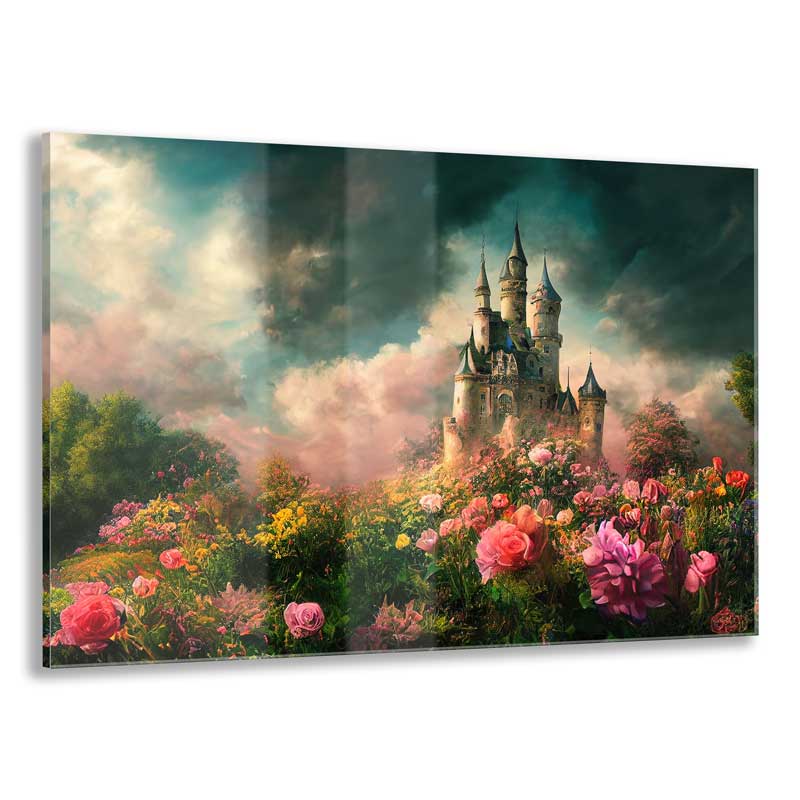Merchandising your artwork is one of the best way to make money off your photos or artwork. The term simply means offering your imagery as part of a product such as printed on the surface of a coffee mug, mouse pad, puzzle or more. Just walk into any Hallmark or other brick and mortar gift shop and you will see a lot of examples of merchandised artwork.
It was years ago when I really saw the potential that it offered however I did not know where to begin if I wanted to sell my own art as products. I saw incredible imagery on all sorts of novelties at stores ranging from local grocery chains to big box retailers. I was curious how people got their images on those products and in those places. I did some research only to discover it was not an easy process and the ways the items were produced varied as greatly as the products themselves. But one common denominator was these products I was looking at were designed by midlevel to large corporations with regular distribution channels in the retail industry. And the products themselves were produced at incredibly high volumes, many times in other countries.
Unfortunately for me especially with no real notoriety or brand associated with my artwork these publishers simply were not interested in what I had to offer. I realized regardless of what I thought or what other people thought of my artwork, the key to these companies was marketability. For instance, Thomas Kinkade used to be (and still is to some extent) an incredibly well-known artist. Like him or not, you saw his work not just on canvas prints but on calendars, puzzles, Christmas ornaments and plenty of other items that you might never think of. The reason for the success of these items selling was not just the artwork itself, but the name associated with the artwork. The publishers knew that Thomas Kinkade had plenty of adoring fans who would buy these items.
Anne Geddes is another example. While likely not at the distribution level of Thomas Kinkade, her photography of babies sleeping in a pumpkin or similar weird combination sell like hot cakes. And we are not talking about prints. We are talking about things like calendars, cards, books and more. Who would have thought a photographer would be able to sell her photos of someone else’s baby to customers all over the world?
The good news is you don’t have to be a Thomas Kinkade of Anne Geddes. You can still offer your pictures, whether it be artwork or photography on merchandise. The place to start is to figure out what you want to sell and who can make those items for you, preferably on demand or in low enough quantities for you to test with. Once you have done that, start developing an inventory of items.
By having them produced on demand, it’s not necessary to stock boxes and boxes of physical items. Instead have a virtual inventory. You, like most artists and photographers probably have a website with a gallery where you sell your prints. Now also create a products section and list those virtual products for sale. This is quite easy if you are familiar and use an ecommerce platform like Shopify or WooCommerce or even use a third-party market place like Etsy,
If selling these online, good photos of your virtual inventory is key to raising a buyer’s interest. Your primary photo should clearly show your artwork as well as details of the product the artwork is printed on. I recommend the primary image not be a straight on shot but something at a slight angle. Unlike prints, these are likely more 3 dimensional in nature. Let the photo show it’s depth and tangibility. It is important to have a reasonable number of product shots that do a good job of displaying the items at different angles. In some cases, it might be a good idea to give it a sense of scale. As an example, I saw someone selling puzzles, so the photo was of someone holding a puzzle piece taken from the puzzle. I highly recommend you do order at least a sample of this item unless you are an expert in Photoshop and can make realistic mockups. A sample also lets you see if it meets the standards you require of it.
Earning Money
If you are going to sell your art as merchandise, how you earn money off the sales is going to be different compared to how these published artists and photographers make their money. The big companies will pay the artist in the form of a royalty unless they flat bought full rights to the image. In some cases, they might do both. Dependent on the renowned and circulation of an artist, the royalties will range in percentage of the product price. So a Christmas ornament is bought wholesale at $5 each, that artist might get $0.25-$0.50 from it. As you can see it means a lot of items have to sell for it to make the artist any substantial amount of money.
If you are fully in charge of the manufacturing and selling, you are only limited within your ability to sell your work as a product in the first place. How much you price your merchandise is up to you. Just like with prints, there is no formula everyone uses. Instead look to see what most other people doing similar things are are selling at. If most people are selling their coffee mugs at $15 dollars, then you should consider it as well, even if means slightly lower profits than expected. Where you might get discouraged but should not is if you think you can price your merchandised artwork at the same levels you might see in some retail stores. In most cases you cannot unless you are doing what the big distribution companies and publishers are doing. They know producing in volume is the secret to getting lower cost per item. Big companies sometimes even order these items produced in countries to lower the per unit cost even more. It is for this reason they can sell at the prices they do. Rather than try to compete at those price levels, compete at the price levels you can. If the product you want simply cost too much to produce and get at the price point you require so you can still make a profit, see if you can negotiate better pricing with the provider.
There are plenty of artists and photographers successfully having their work merchandised at many different levels via a larger company. The likelihood of any off us doing so is going to be low unless we work hard to achieve it and build a brand. It starts with ourselves and not some big company to handle everything for us. We see artists taking the initiative all the time. They are either inquiring if we can produce items for them or already ordering various alternatives to prints from us to build their brand and base of buyers.

Order HD Face Mounted Acrylic Prints
Printed on high quality photo paper and face mounted to 1/4″ acrylic with polished edges. Choose between satin luster or metallic photo paper. Included is easy to install hanging hardware in the form of a French cleat.
